Learn : Health & Wellness
What causes tear stains in dogs
Noticing red rust around your dog’s eyes? Before you jump to any conclusions, know that it’s an issue many dogs run into over the course of their lifetimes, and while it’s certainly worth looking into, your vet will have seen this hundreds of times over.
This red rust (or occasionally brownish rust, depending on the color of your dog’s fur) is what the veterinary community refers to as “tear stains.” While the name may pull up some heart-wrenching images, it’s important to remember that tears come from a variety of places other than sadness or crying — these stains are simply the result of a biological clog.
How tear stains are caused
The science behind most tear stains is actually fairly intuitive. Typically, a dog’s tears drain through the nasolacrimal duct — essentially the pipework that carries tears through the nasal cavity. If for any reason the nasolacrimal duct gets blocked, the tears reroute and often begin to overproduce, causing them to find a new release point: the eyes. A condition known as epiphora.
Epiphora often leads to this reddish-brown staining, as dog tears contain porphyrin, a type of organic compound more typically associated with the intestinal tract that also leaves a stain when it comes in contact with fur. White or light-colored coats may be particularly affected.
Epiphora, however, is often a tell. It’s important to consider what might be causing the condition.
1. Bacterial eye infections can lead to discharge and overproduction of tears, leaving a similar rust-colored effect around your dog’s snout or eyes.
2. Cuts and bruises may leave both discoloration and continued tear production, even after they’ve healed.
3. Ungroomed hair may trap tears closer to your dog’s fur, causing buildup and staining over time.
4. Eye damage or inflammation could lead to continued irritation and tear production, leaving behind a trail of red stains.
5. Glaucoma has been known to cause tear staining as well, as excessive pressure builds within the eye.
Above all, persistent tear stains deserve the attention of a vet. While it may feel like a minor enough condition to treat yourself, only an expert’s opinion can help you determine the underlying cause of the stains and best course of treatment.
How to clean tear stains on dogs
Once you’ve spoken with your veterinarian, there are ways to help your dog manage their tear stains both functionally and cosmetically. The AKC recommends a few simple places to start:
- Check in on your dog’s hygiene. By keeping the hair around your dog’s eyelids trimmed and well maintained, it provides a pathway for tears to properly exit their ducts. Additionally, a cotton ball and some dog-friendly saline solution (check your local pet store) can help remove any debris or obstructions that regularly irritate your dog’s ocular passageways.
- Check your bowls (and what’s in them). Believe it or not, certain materials contained in water and food bowls may cause irritation to your dog’s eyes. Stick to stainless steel when possible, and be sure to clean them regularly. Similarly, corn- and wheat-based foods may be inciting an allergic reaction that leads to epiphora and staining. It never hurts to try an all-fresh diet like ours.
Cleaning the stains themselves is less of a concern than uncovering the root cause, but daily maintenance can go a ways in helping your dog steer clear of potential irritants. Mild cleansing and routine maintenance is a good place to start, but again, speak with your vet before making any decisions regarding tear stains.



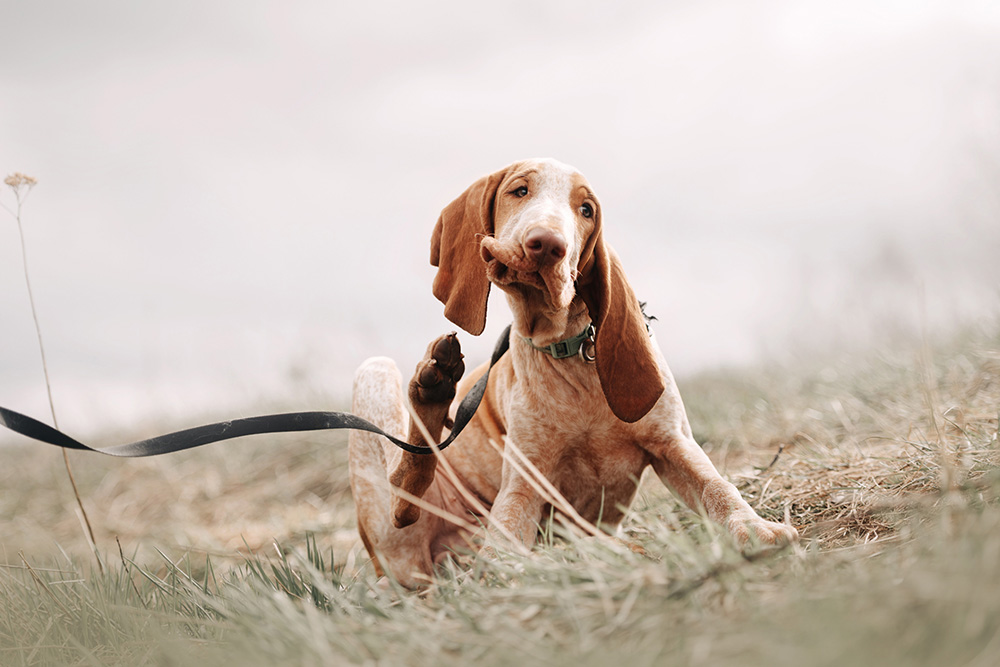 Flea and Heartworm Prevention in Dogs
Flea and Heartworm Prevention in Dogs
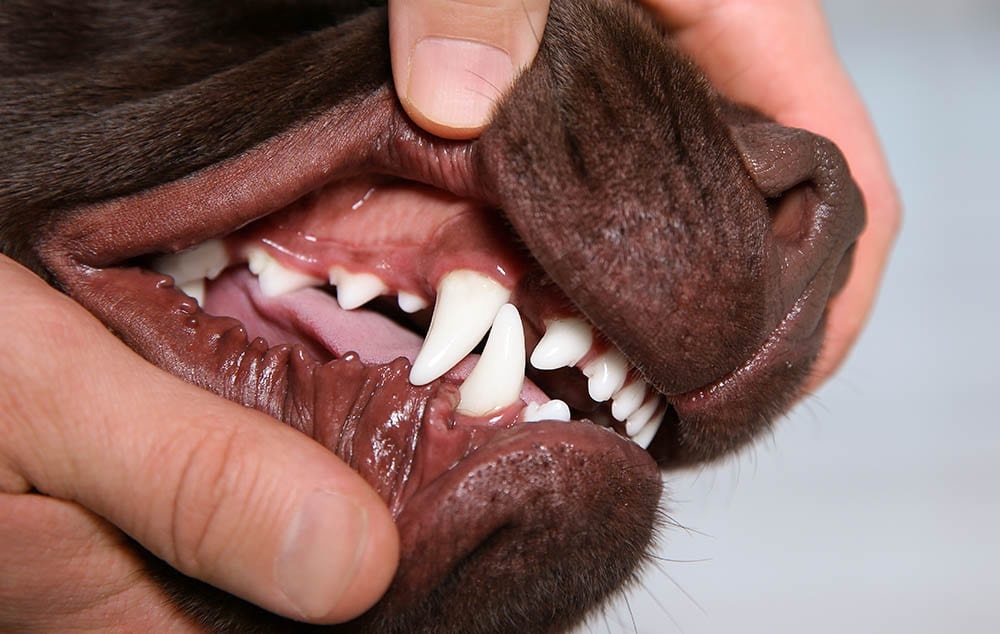 How to Clean Your Dog's Teeth
How to Clean Your Dog's Teeth
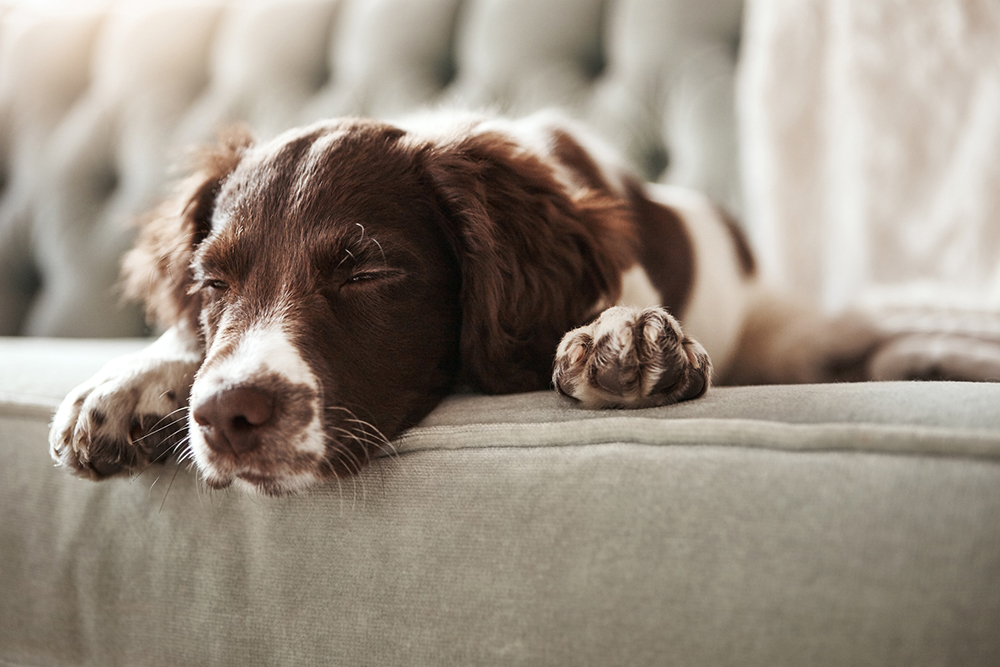 Pain Relief for Dogs
Pain Relief for Dogs
 Pet Care & Grooming — Sitting Pretty
Pet Care & Grooming — Sitting Pretty
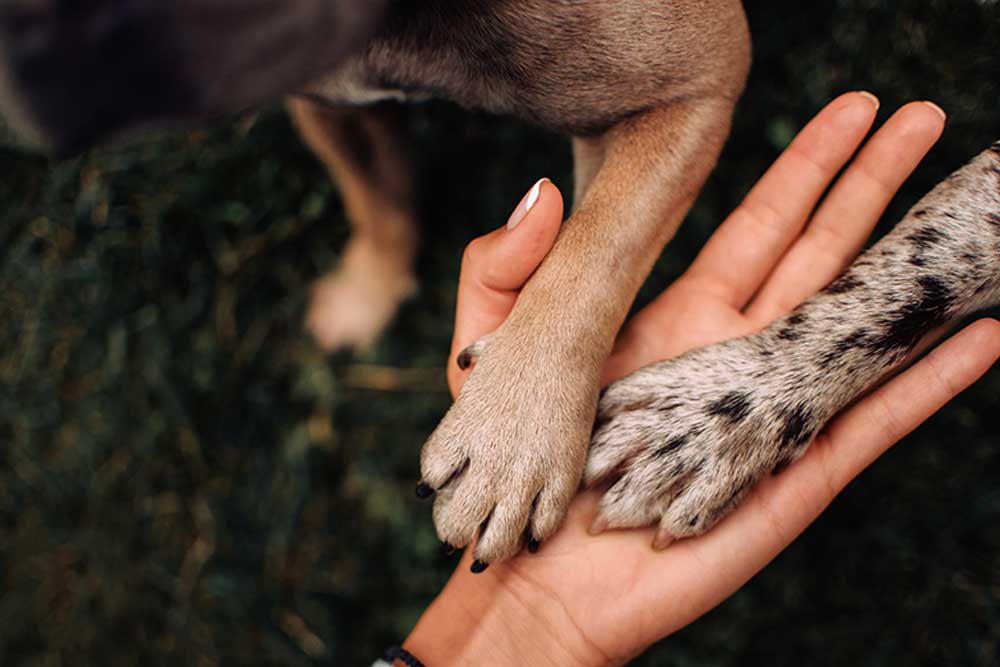 How to Trim Dog Nails that Are Overgrown
How to Trim Dog Nails that Are Overgrown
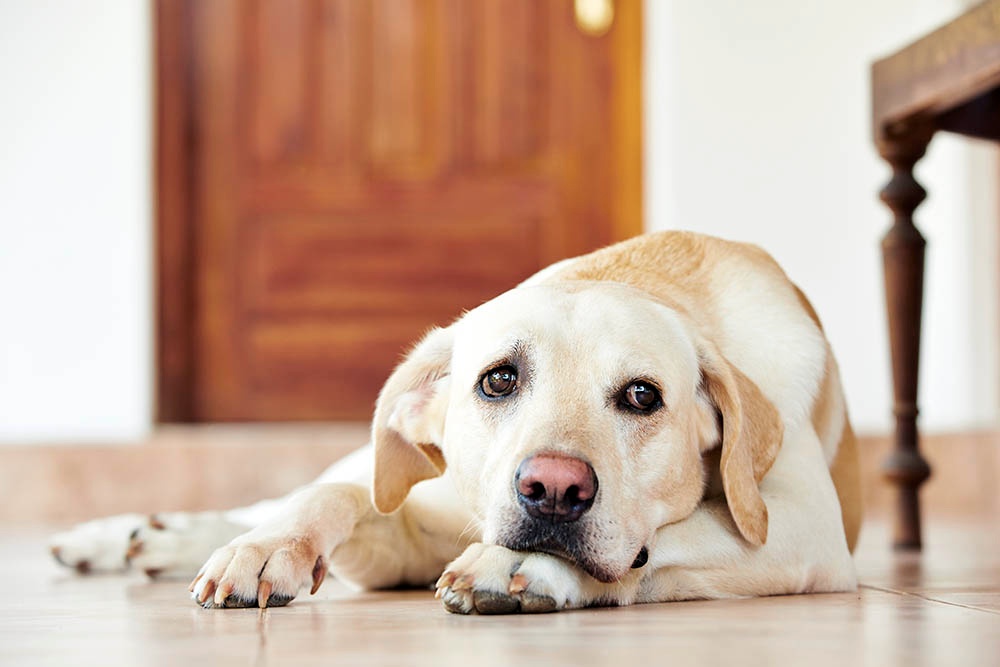 Lipomas in Dogs: Everything You Need to Know
Lipomas in Dogs: Everything You Need to Know